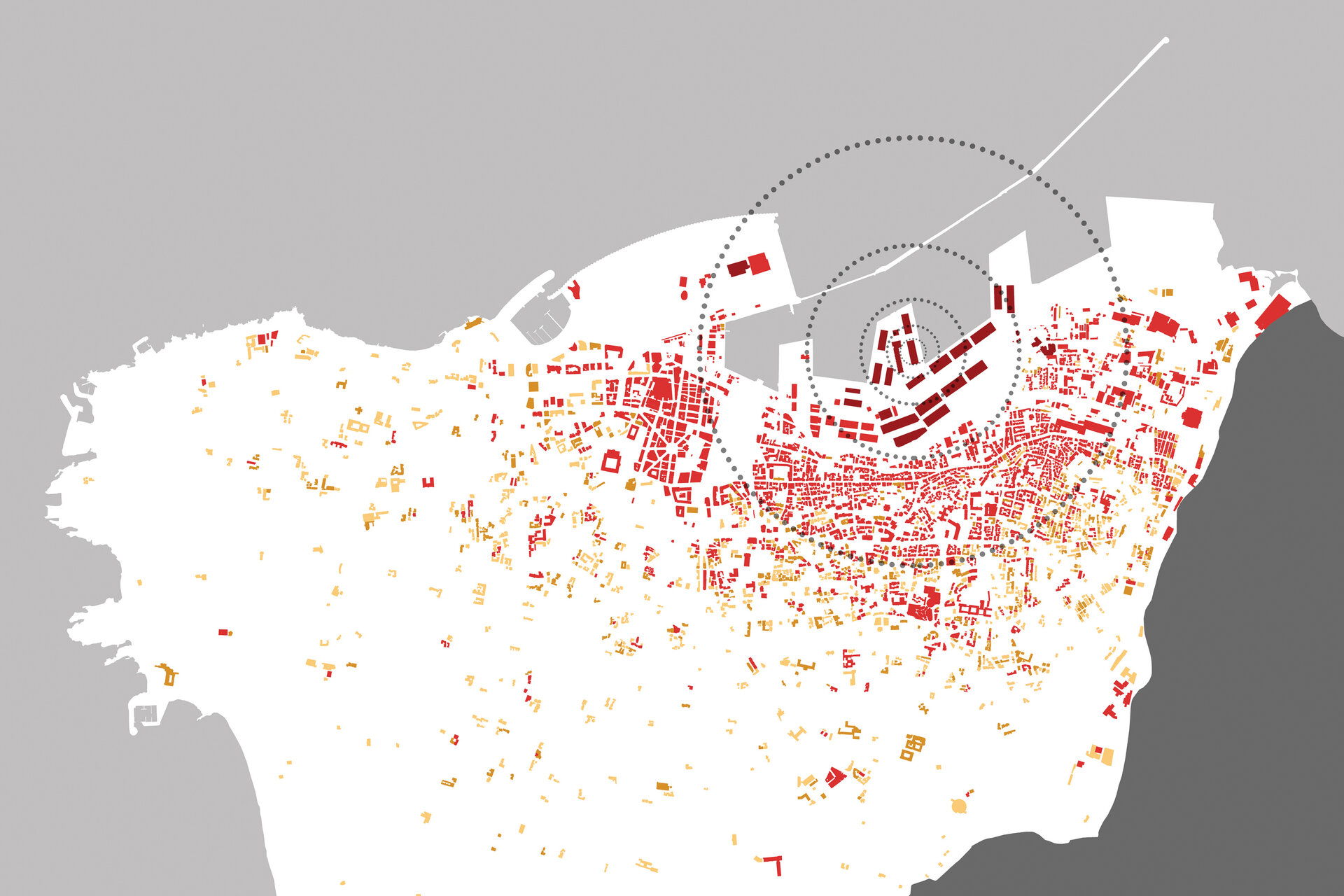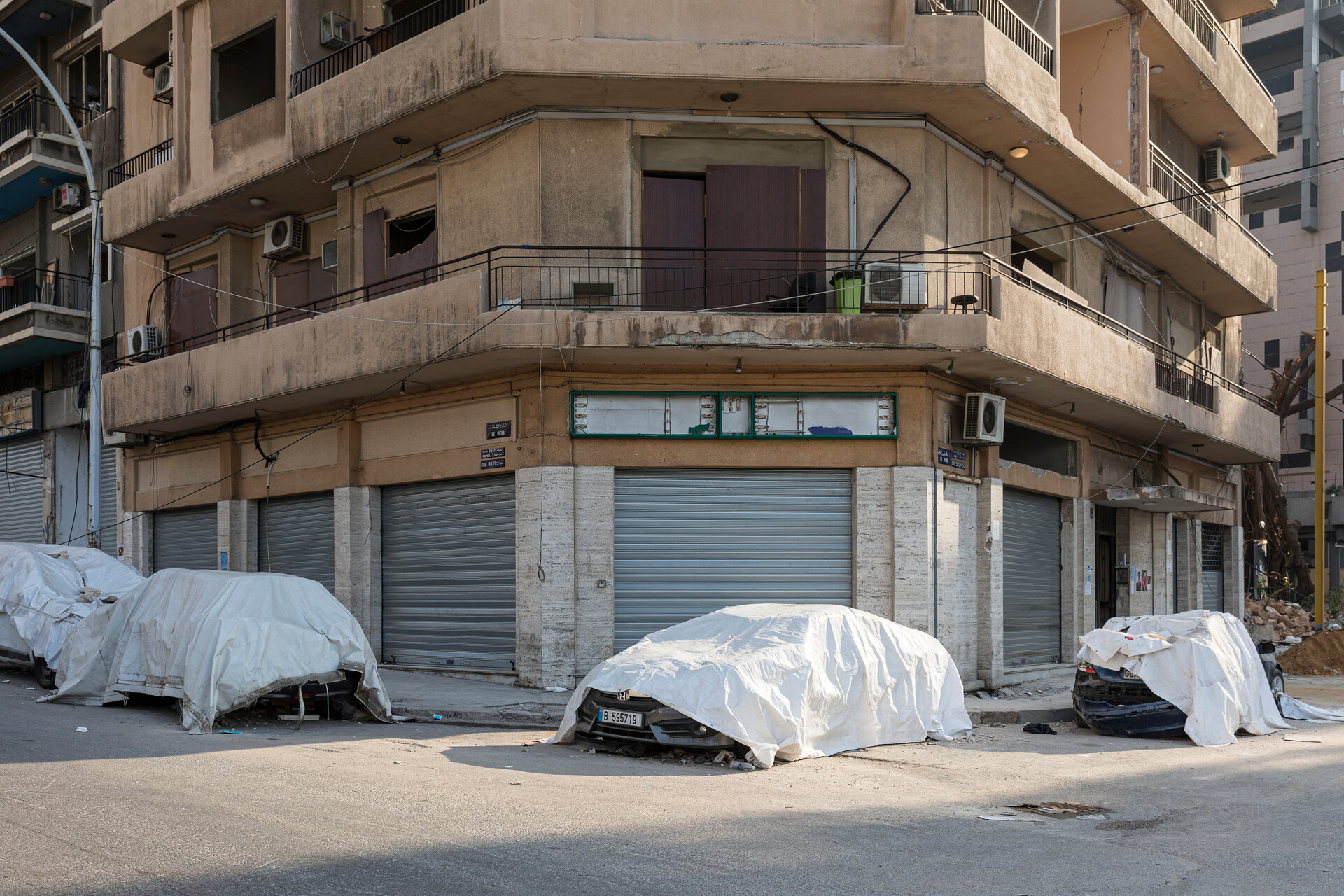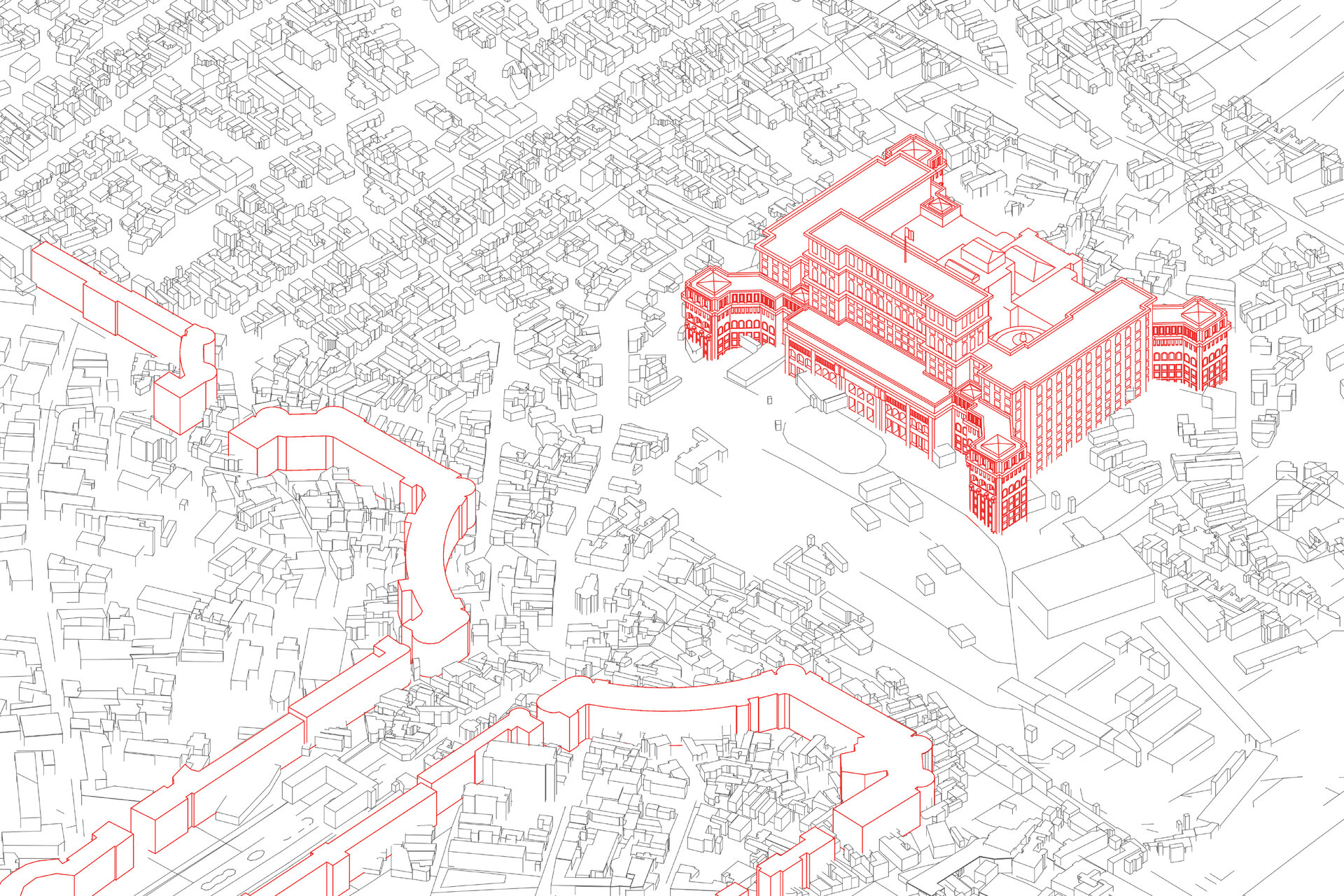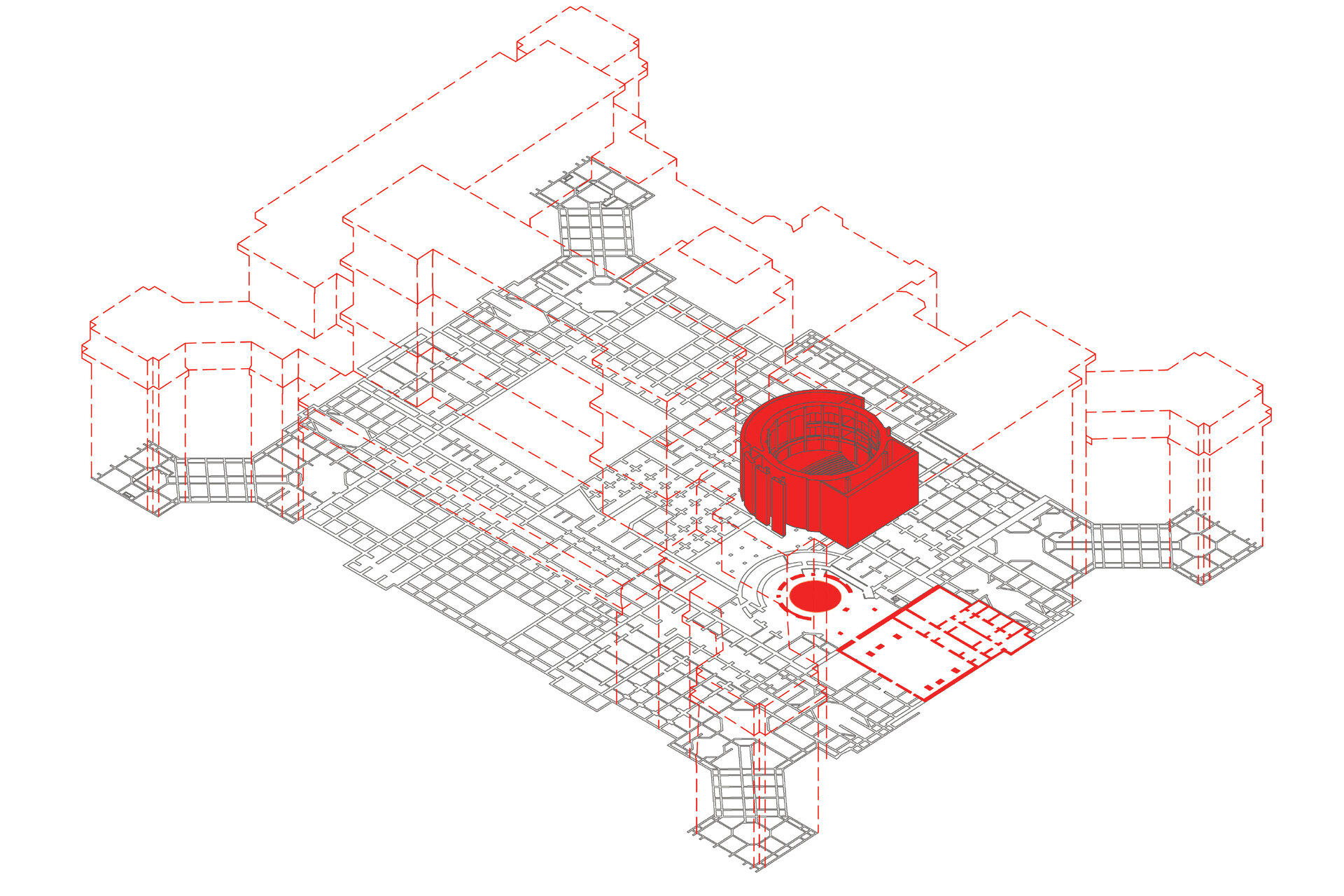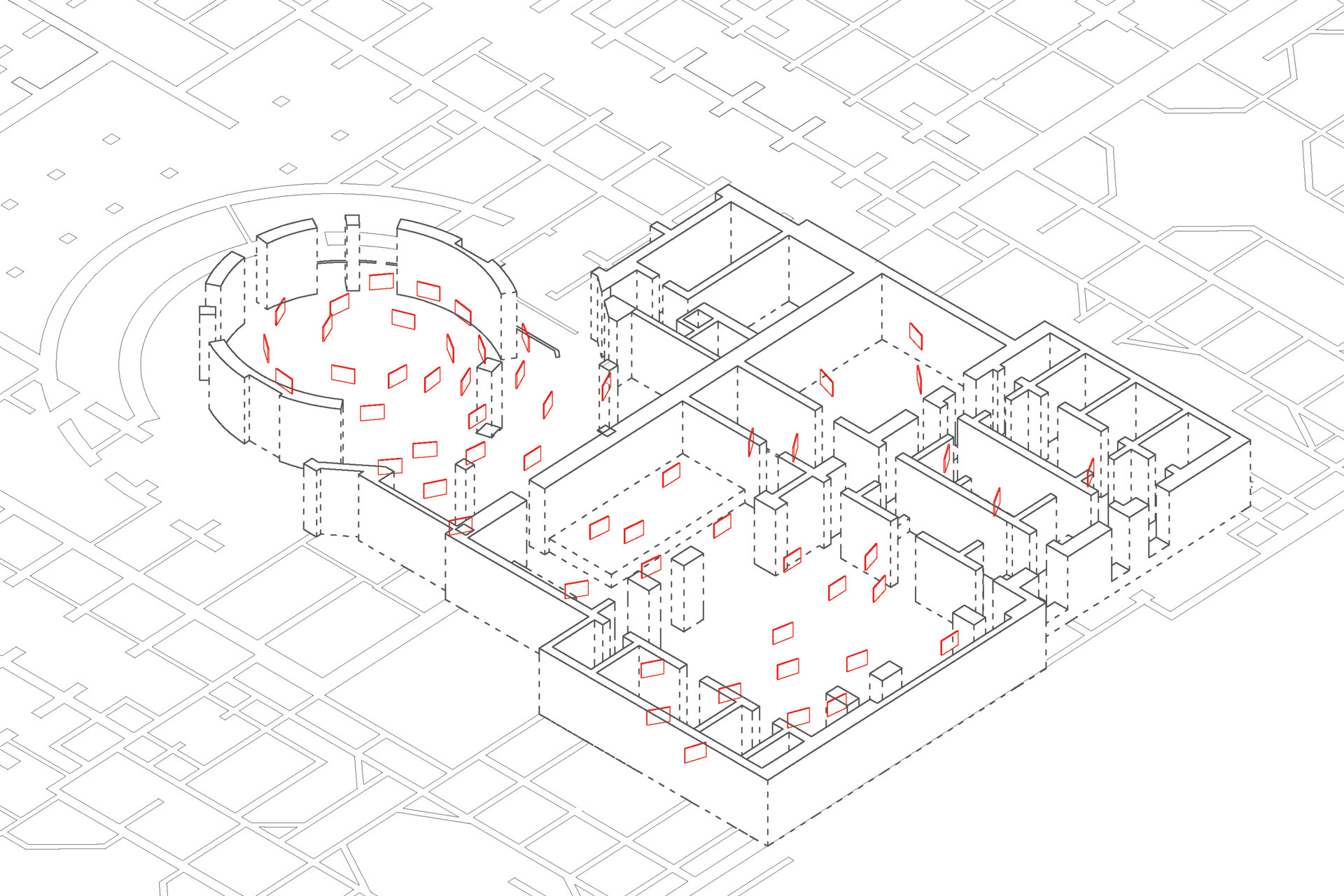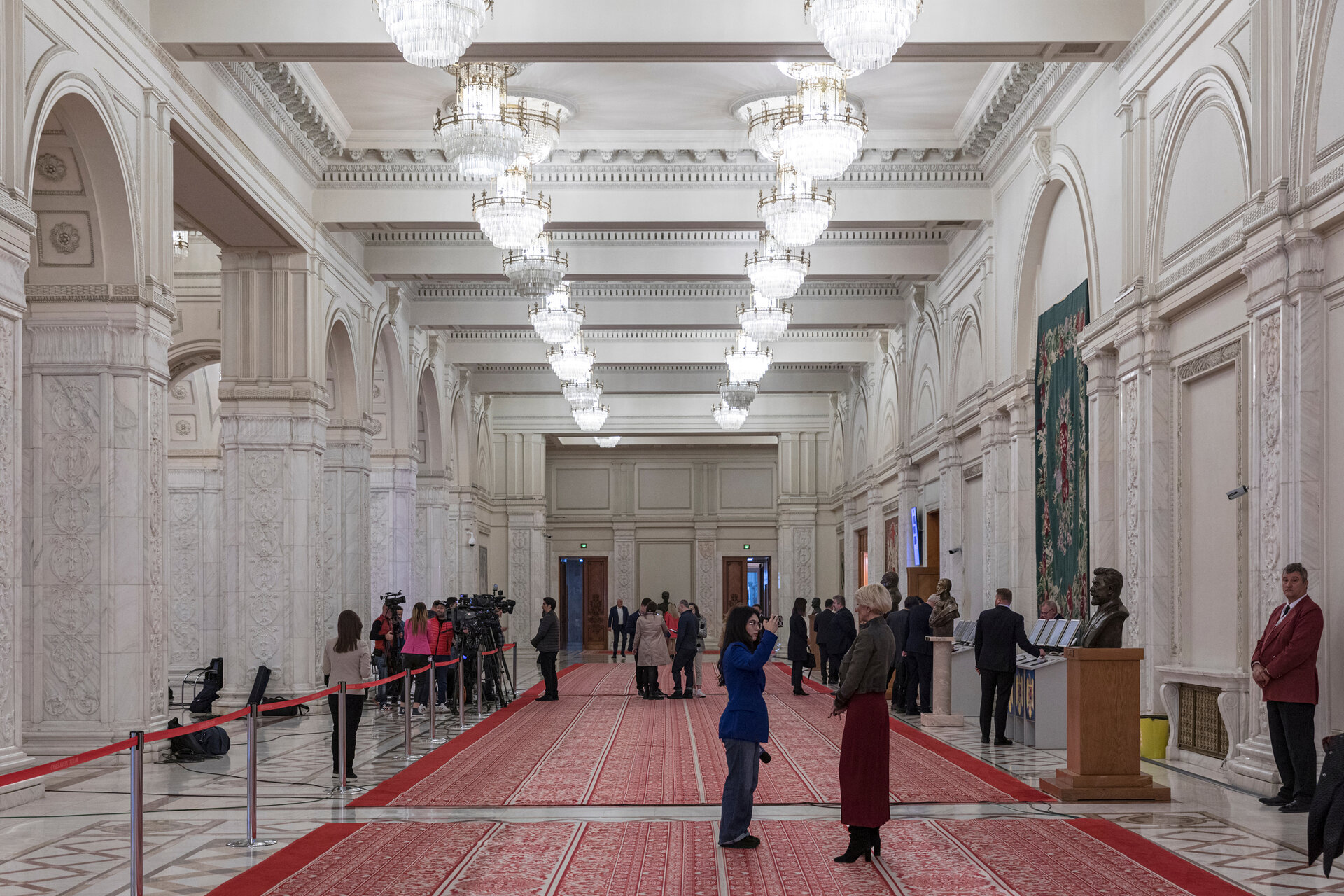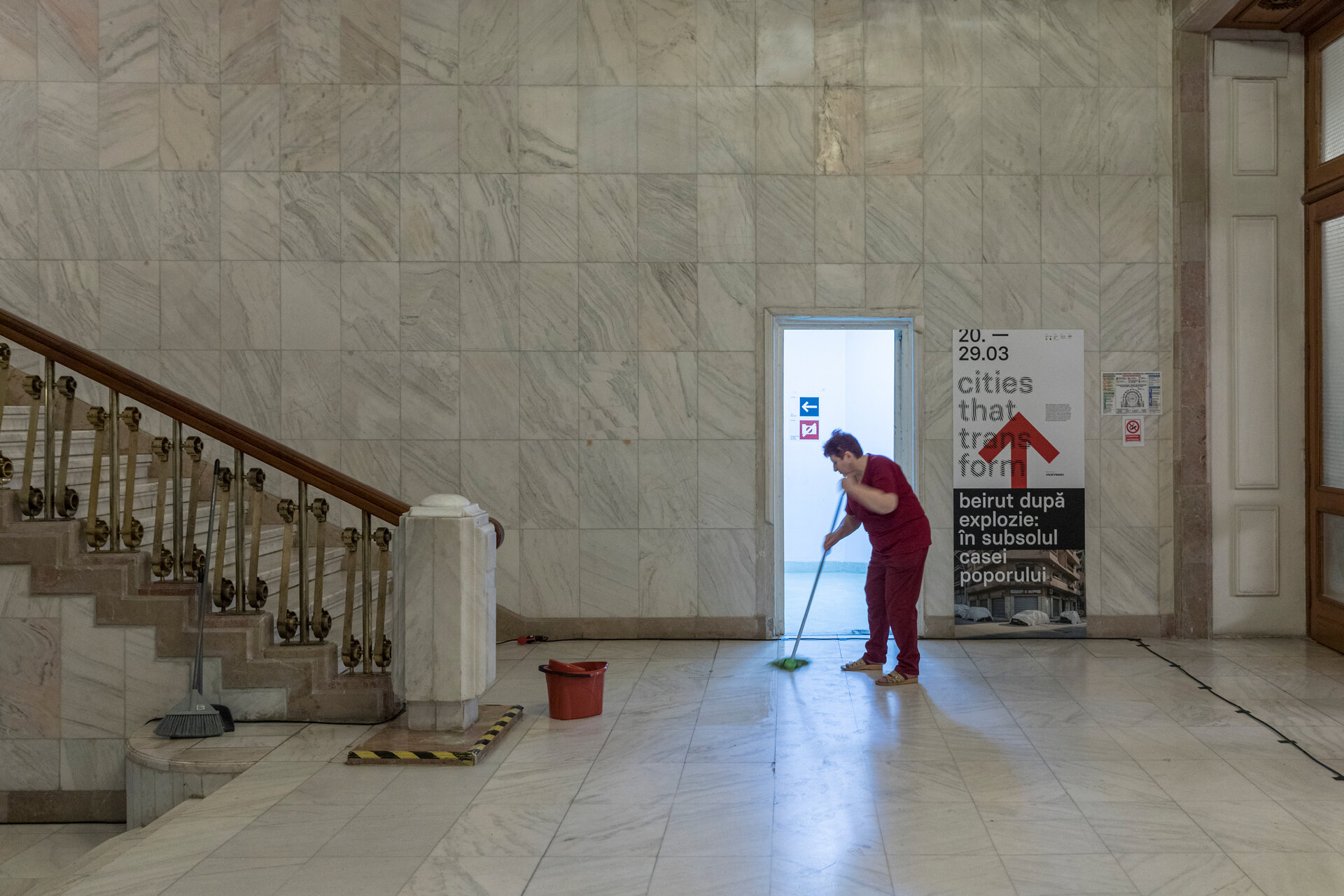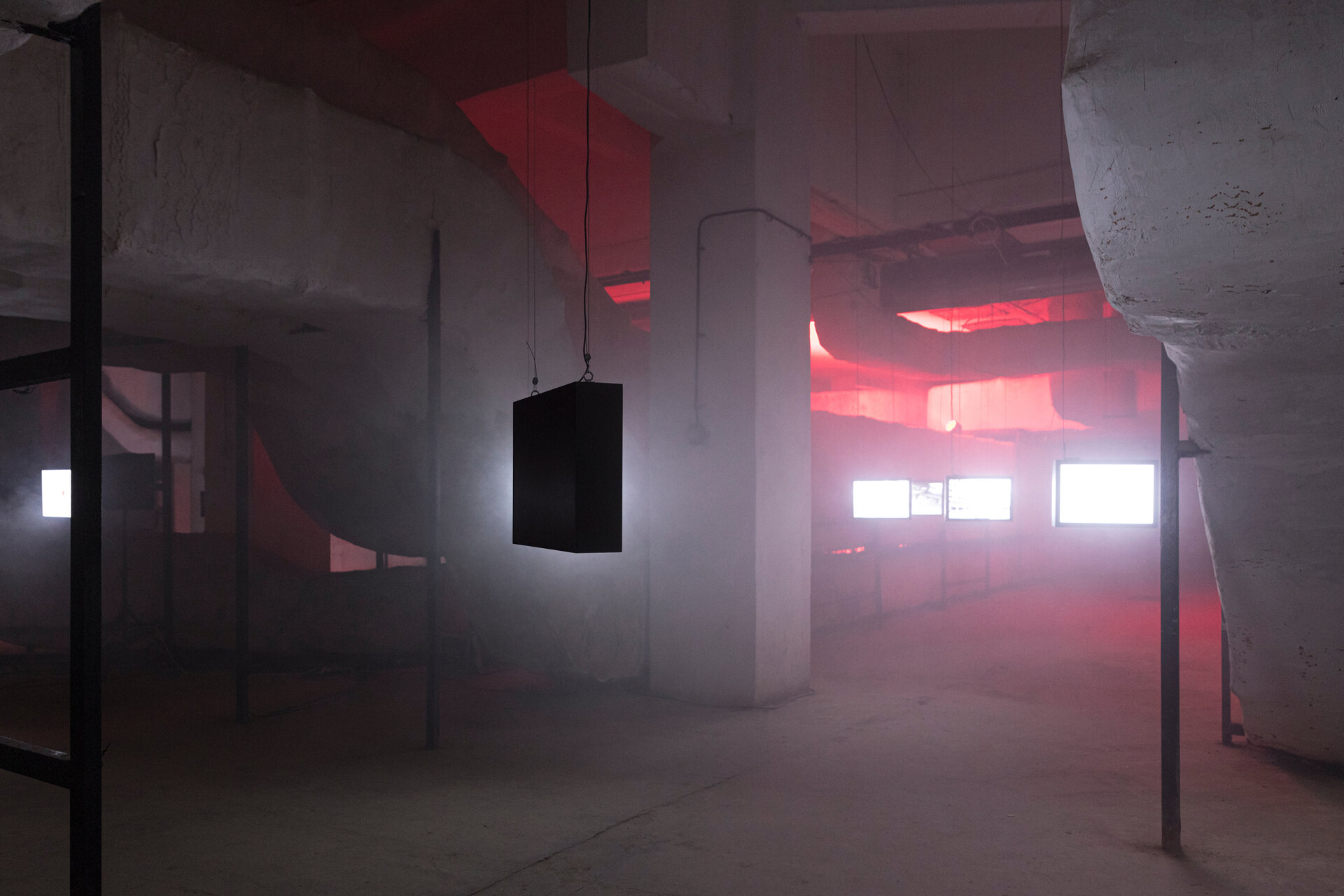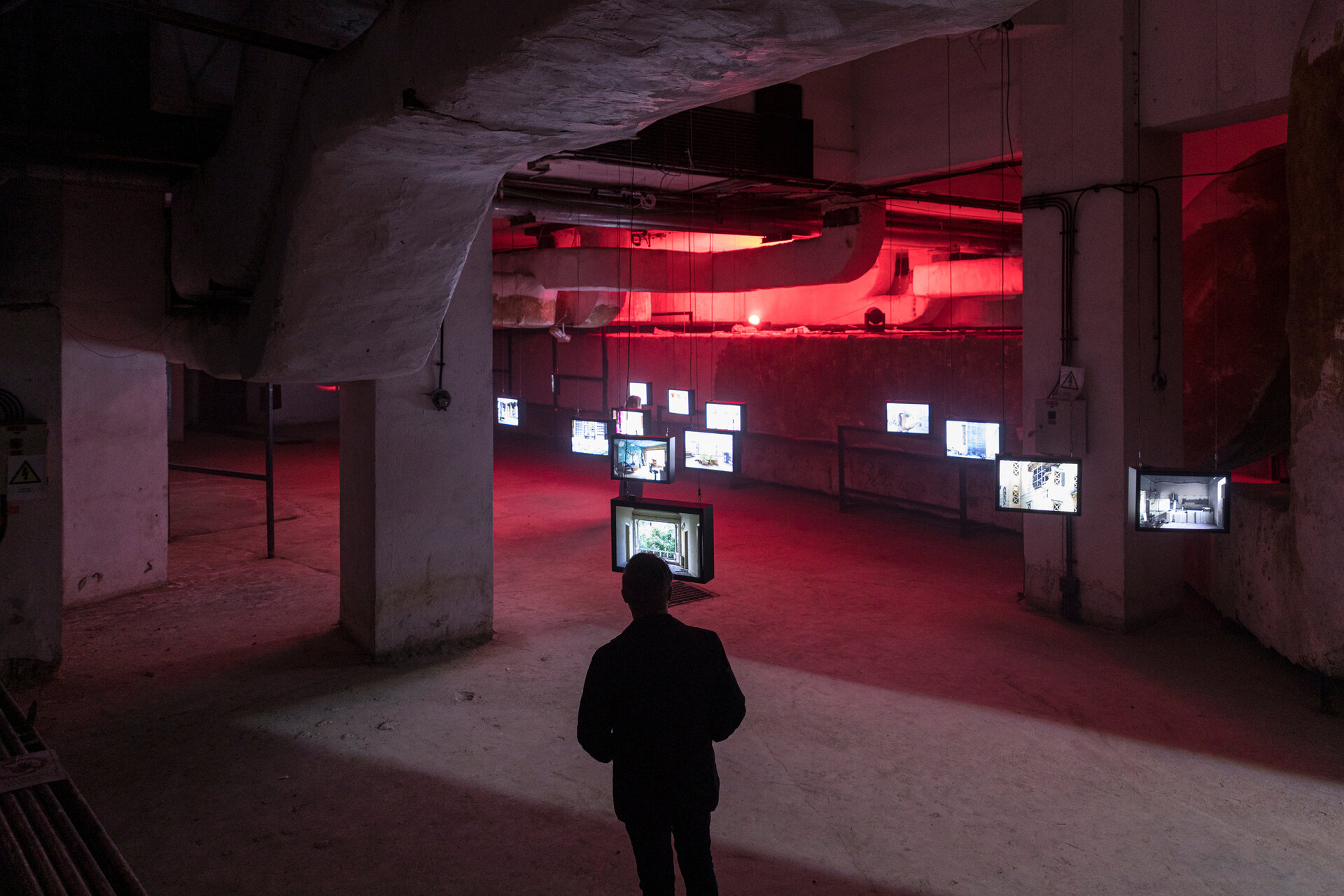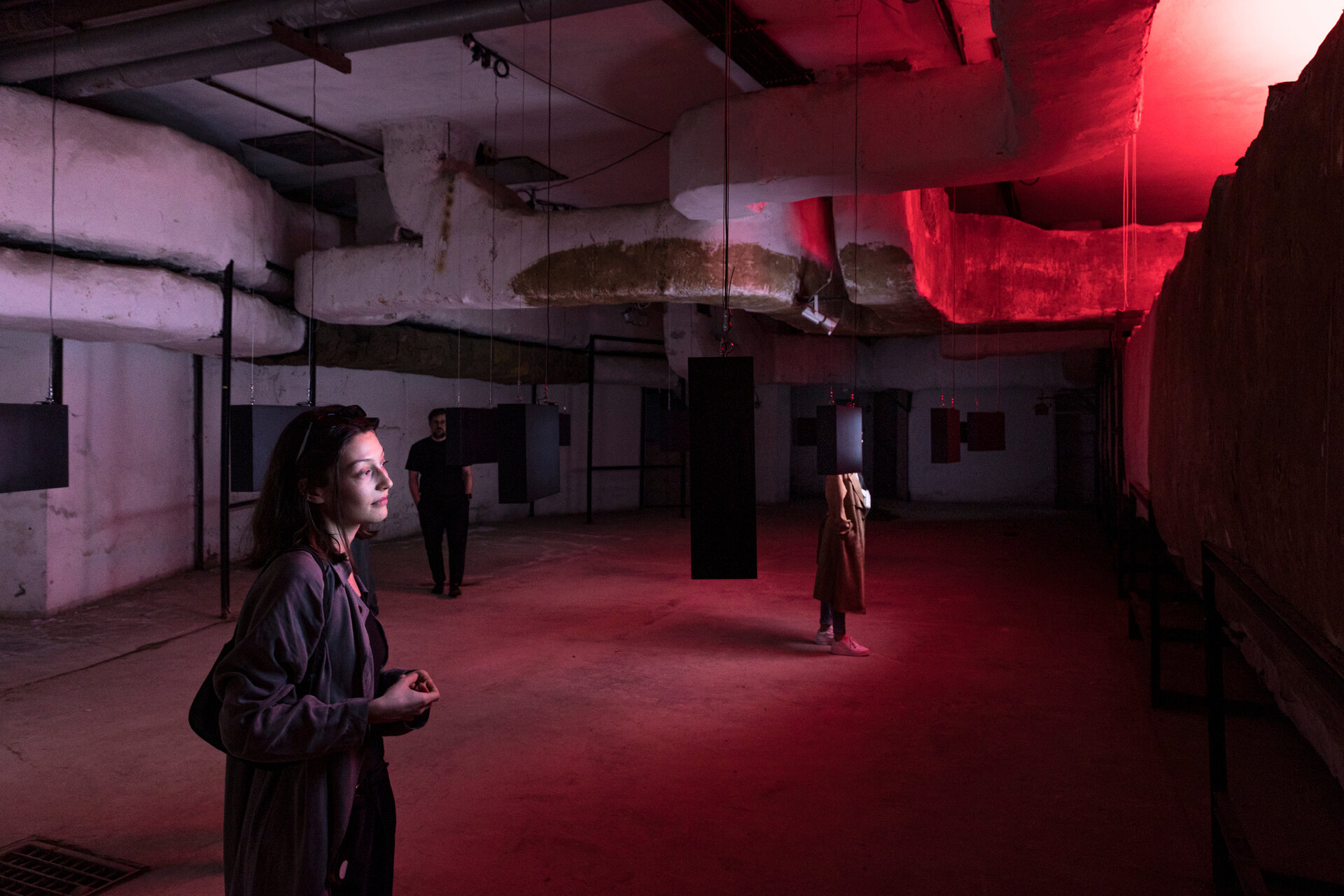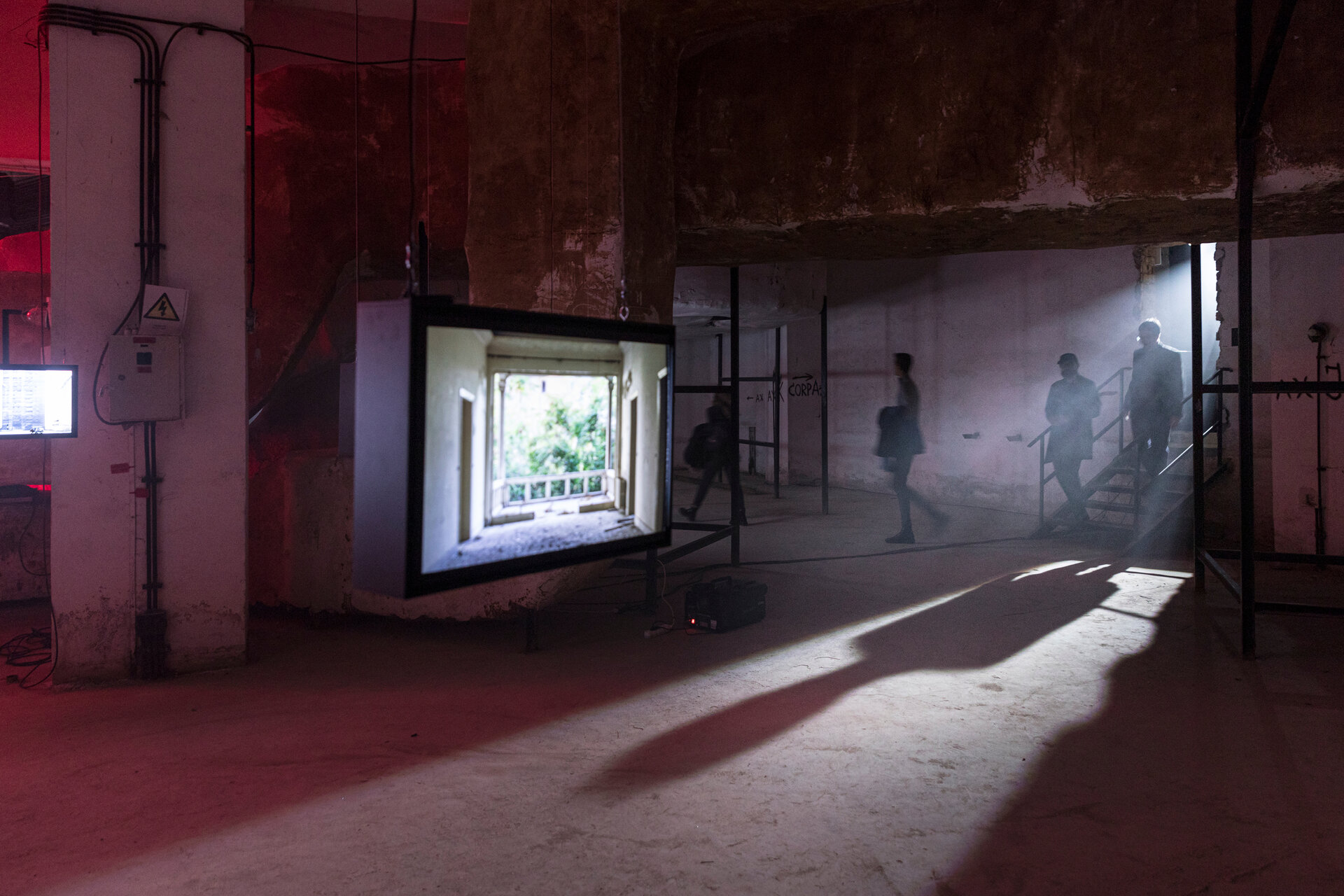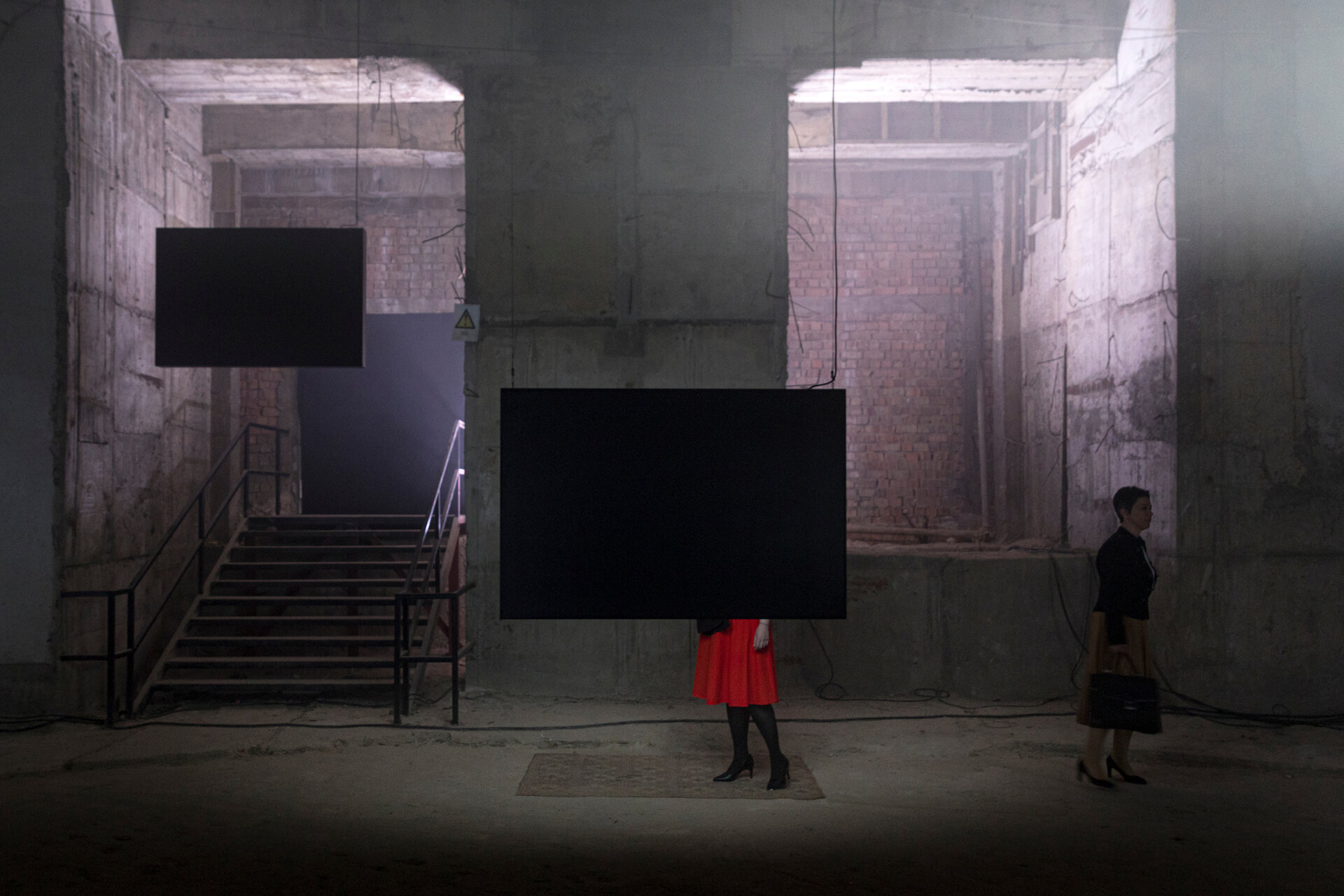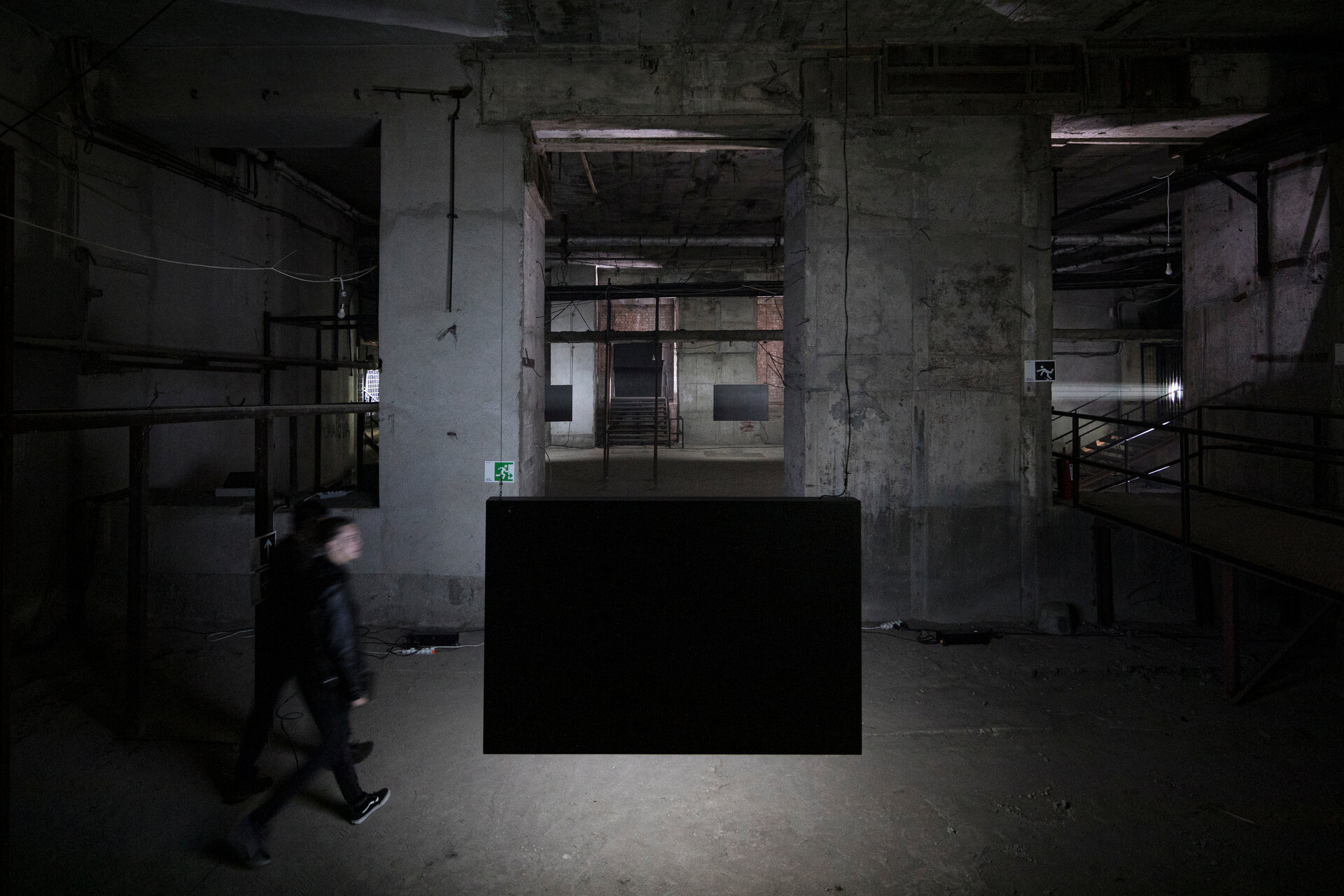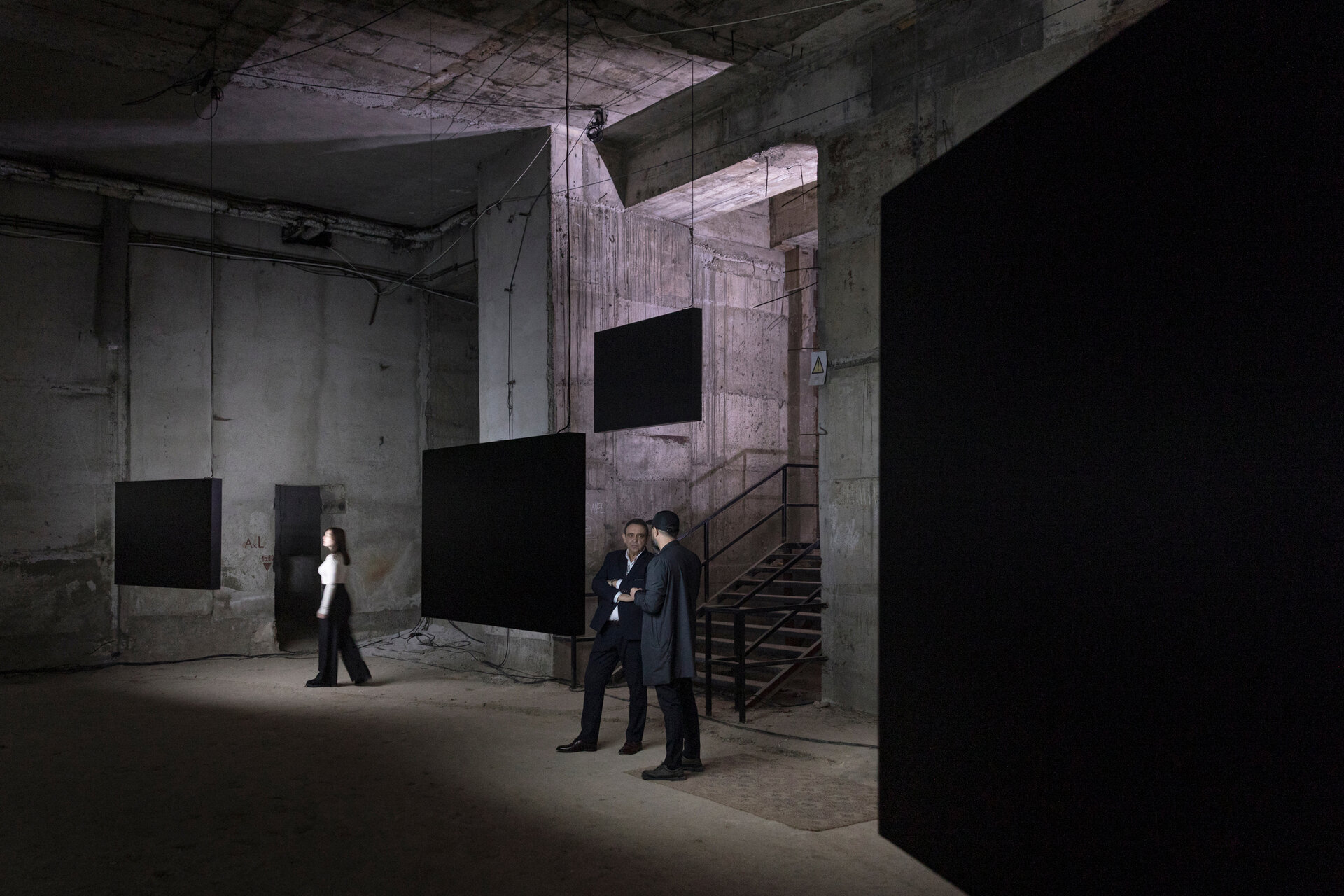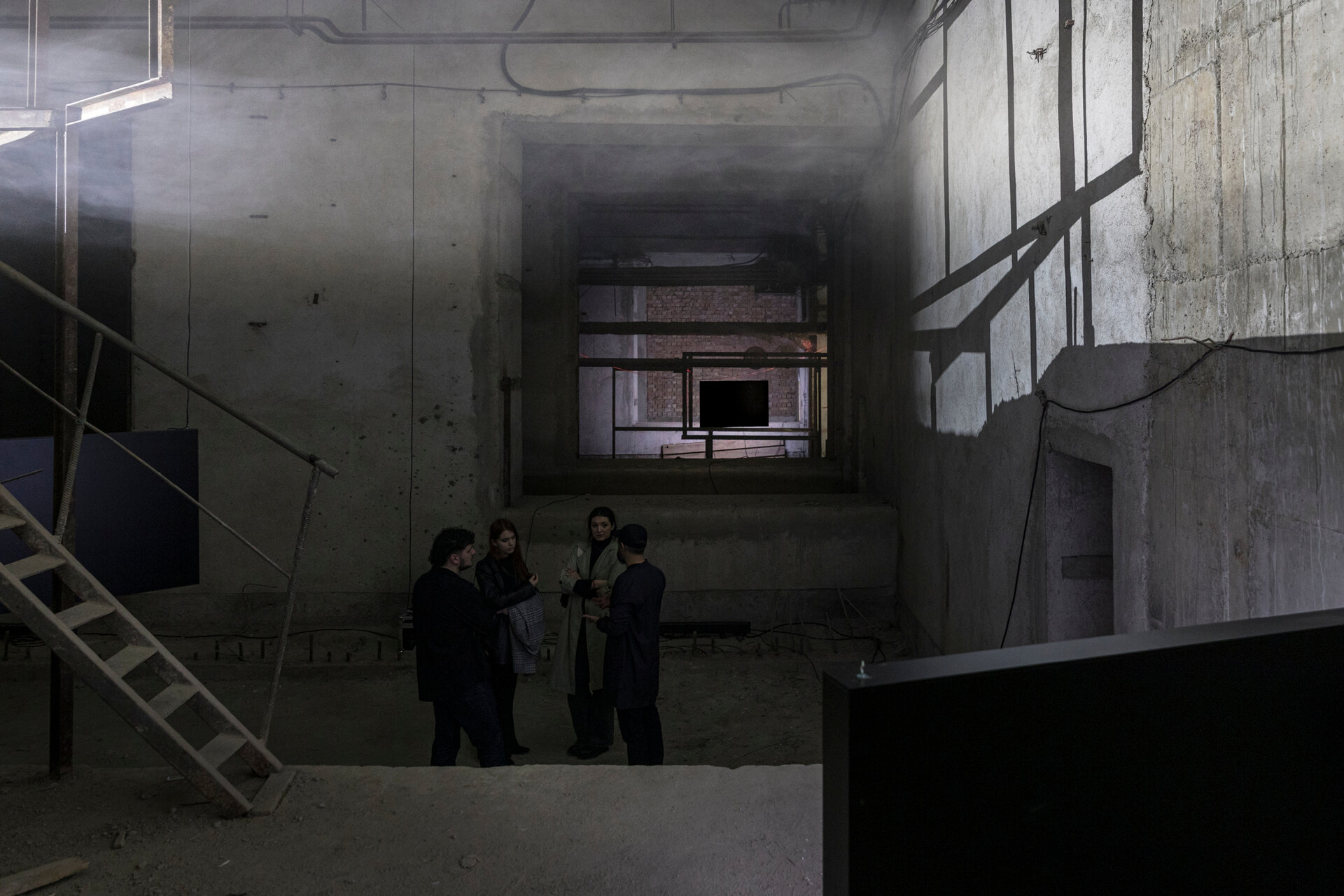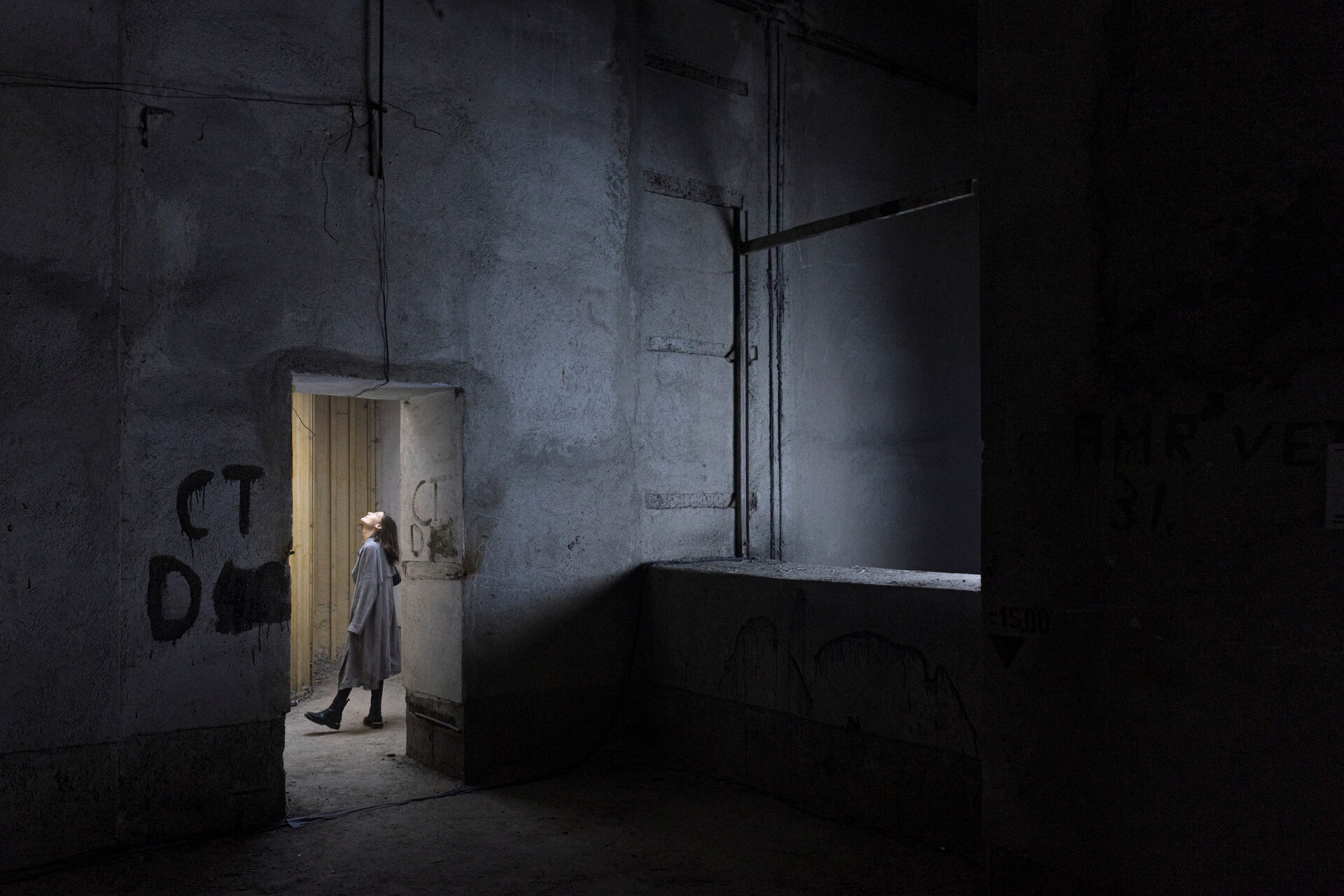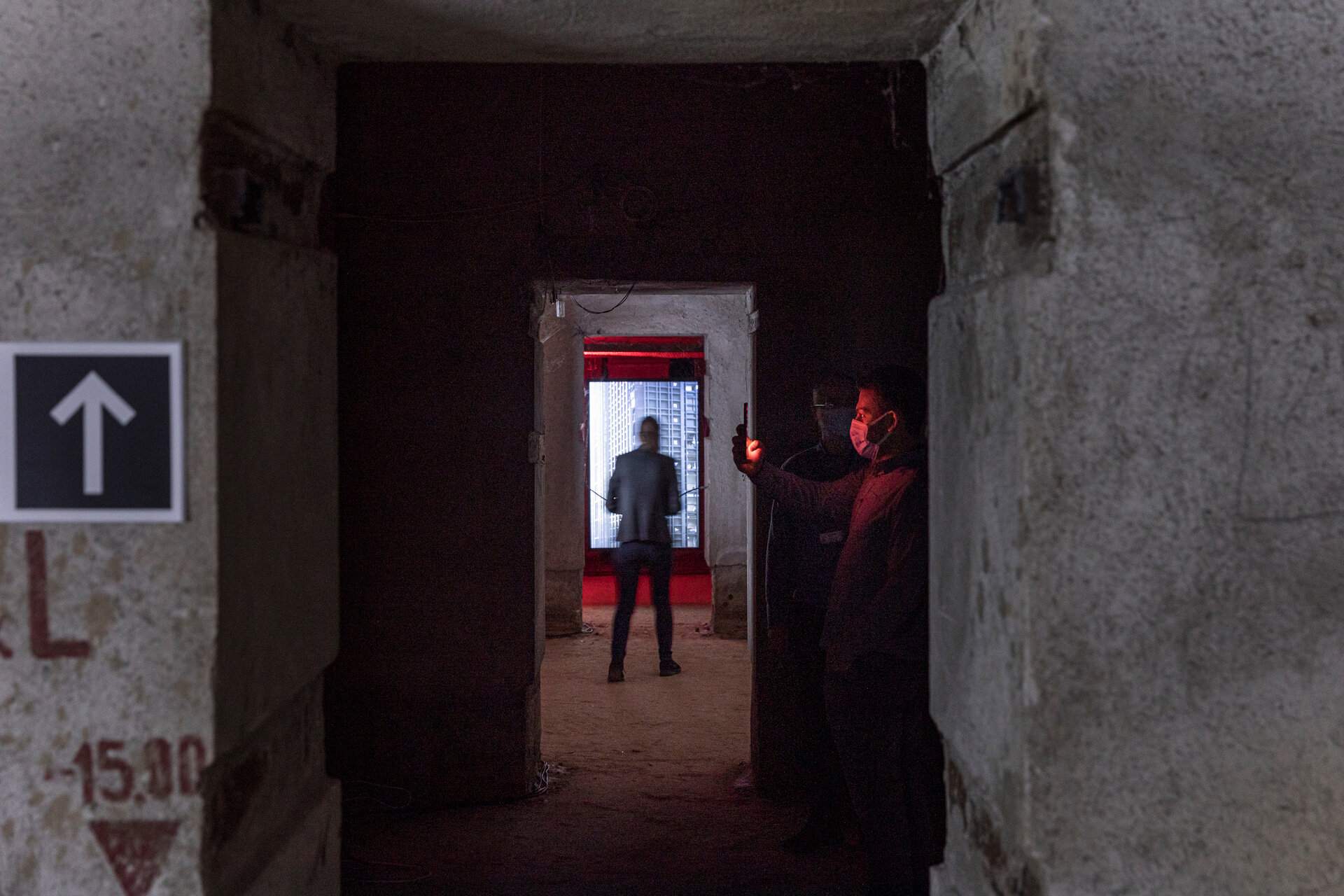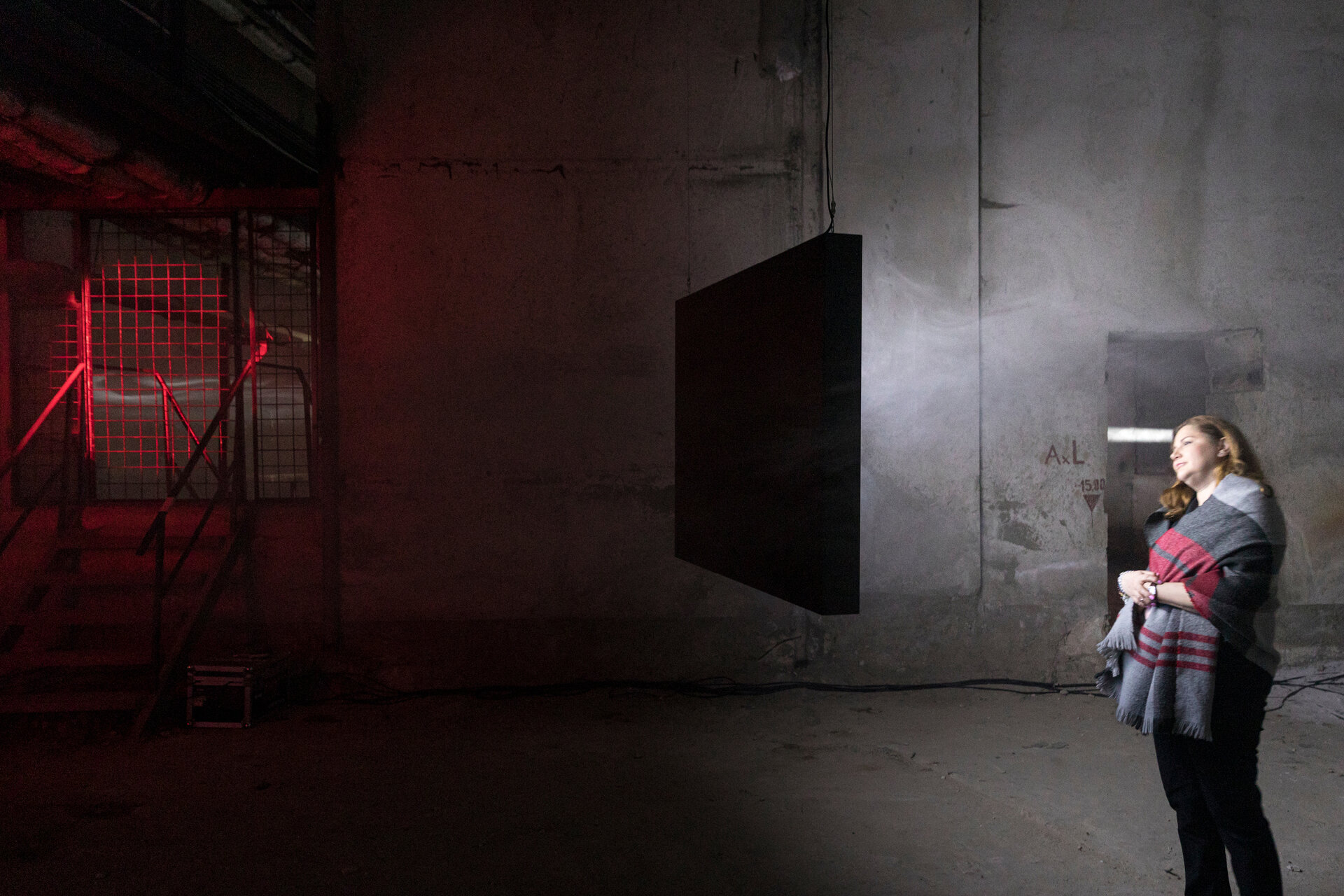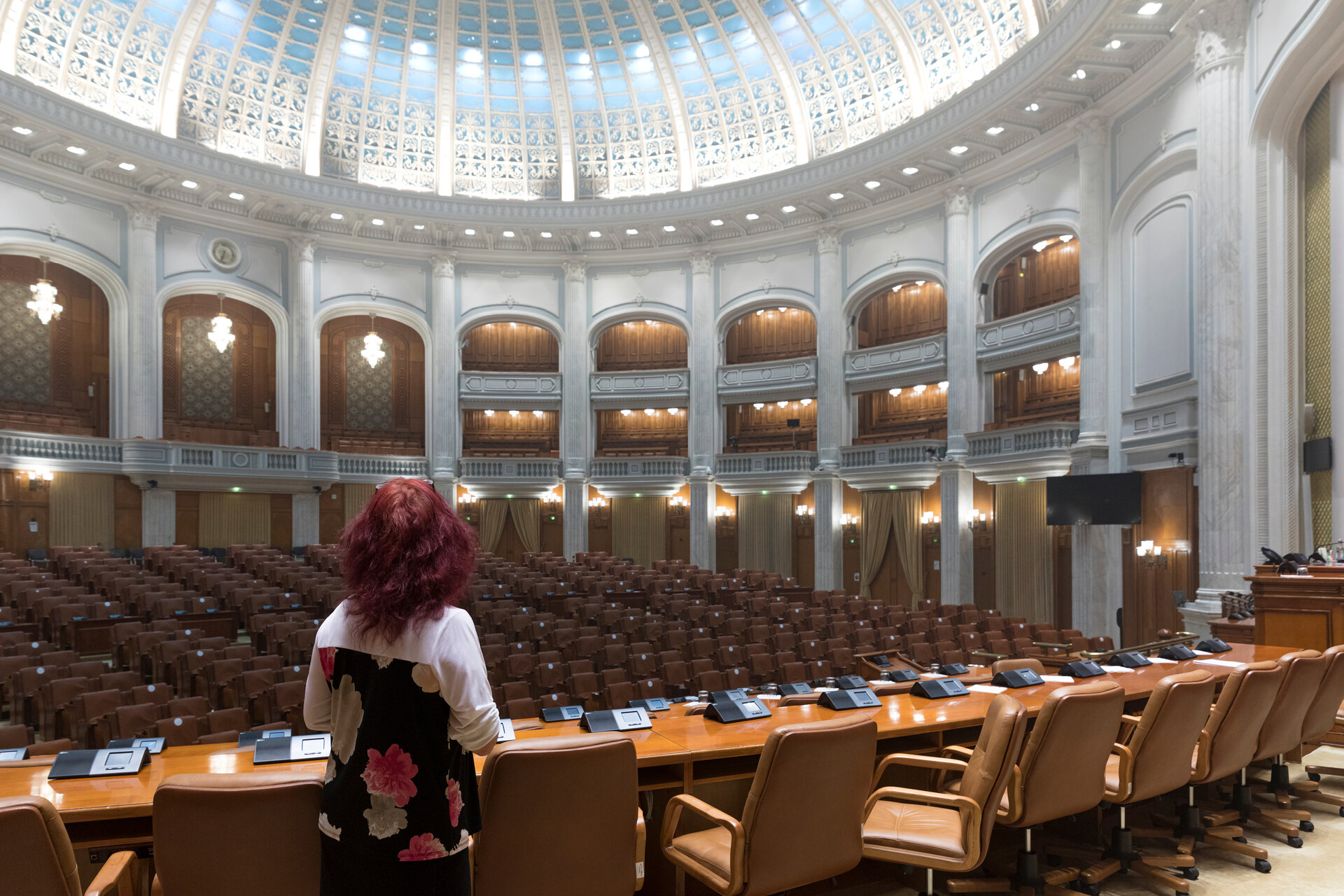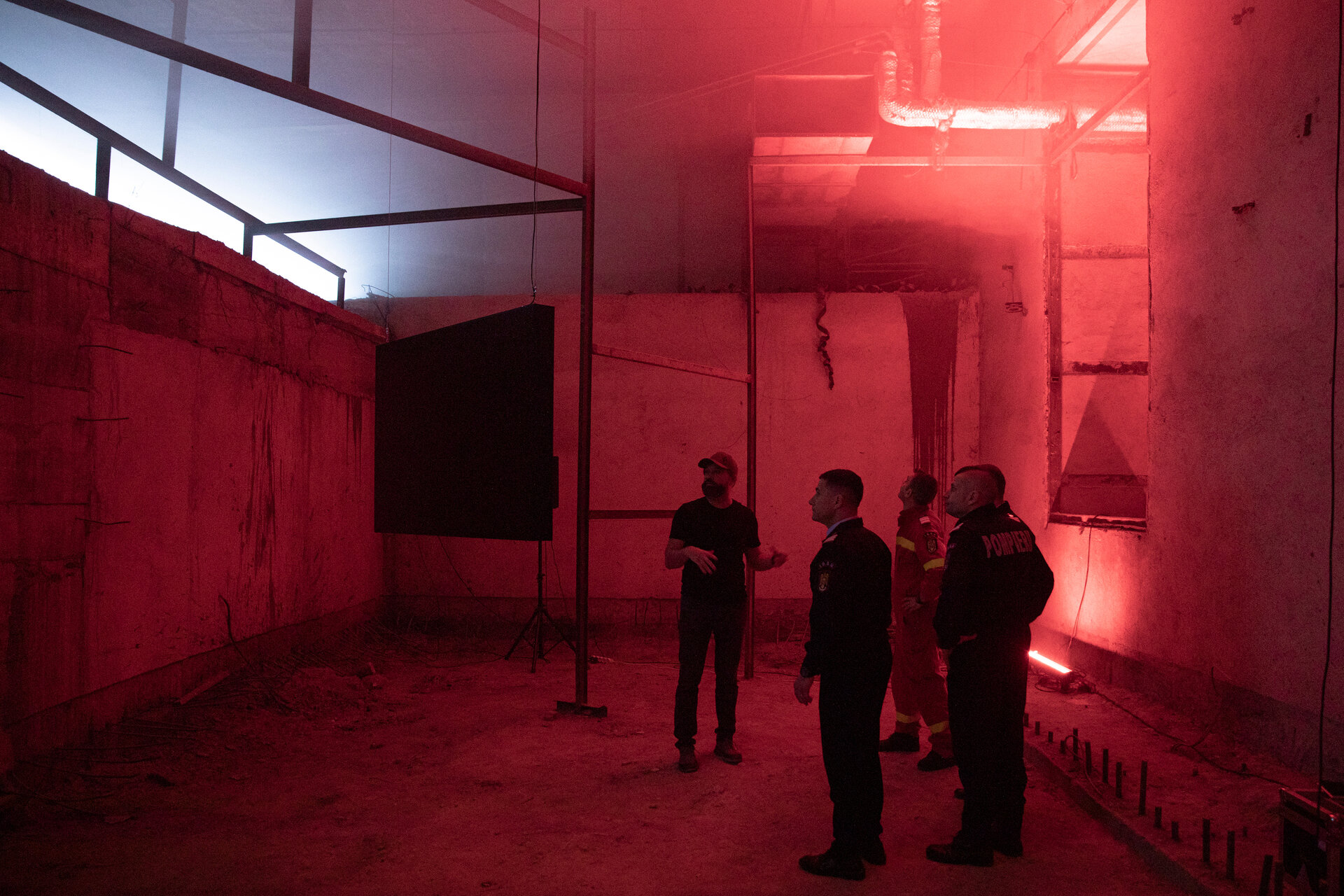
Cities that transform - Beirut after the blast
Authors’ Comment
A shadow cast in one place can illuminate insights elsewhere. Set 26 meters below the Plenary Hall of the Romanian Parliament's merged chambers, this light, sound, and photography installation becomes a performative rebellion echoing Guy Fawkes’s Gunpowder plot. It underscores how political decisions impact the built environment.
A non-place, an underground dark space, abyssal in its oddity, clearly defined yet seemingly endless, where infinity echoes in the concrete structure's reverberations, extending through a maze of doors and walls, almost inaccessible; a space that is so secure that it almost becomes prohibited. The curatorial concept suggests the conversion of this underground technical space, never used, devoid of natural light (approx area of 2500 sm), from a building classified as a "military objective with armed guard," into a temporary exhibition. Symbolically chosen, the space is located 26 meters below the Plenary Hall of the Romanian Parliament, the highest institution ensuring the country's rule of law and democracy
Isolated from the city, the world's heaviest building ranks second in surface area after the Pentagon. Initially for communist president Nicolae Ceaușescu, the Romanian Parliament now stands as a symbol of the past regime. Though its purpose has shifted, symbolic acts are needed for urban integration. Access of the external public was restricted, an initial condition that we accepted. Organically everybody else found “friends” who worked in the institution. Ironically, people met the political at its home and not in any way, but through "nepotism", a communist concept still present, but for the first time used for a cultural purpose - a celebrated dialogue even when it seemed impossible. The approval, in itself a performance, 2 years we discussed with several vice, presidents and secretaries of the Senate and Chamber of Deputies, technical, security and protection departments. With 10 signatures, none able to provide sanitation, the 40-year-thick layer of dust ended up on the shiny politicians’ shoes. Unintentionally, at the vernissage, the designed atmospheric smoke got sucked up by the old ventilation system to the top floors including in the active plenary hall.
Printed on translucent celluloid, and backlit, 45 photographs radiating light, flood the basement's darkness. Negating the grid, the boxes are arranged radially simulating an explosion around the imaginary epicentre and are always displayed with the back towards the visitor. The main gesture, the "black hole" is visible only through its own light thrown onto the walls. The image is on the other side, secondary and replaceable by any traumatic event. The theme is the silo explosion in Beirut's port on August 4, 2020, an event that caused massive destruction to the city and loss of lives. Photographed after a month, they capture both trauma and, more importantly, the hope of life. They showcase trauma just as the exhibition space itself is in a traumatic location. The former "House of the People" was urbanistically placed over a former neighbourhood, entirely razed by the communist regime's bulldozers, after a deadly earthquake in `77. In Beirut, the explosion's shockwave obliterated built environments and lives over a vast distance, while in Bucharest, the tracks of a dictatorial regime razed vast parts of the city, burying lives and imposing a new order and a rigid grid.
- The Map of Neighbourhood Libraries from Bucharest (HBC)
- Bucharest. Minor Structure vol.1 & 2
- IMUAU Summer School. Schönberg 2023
- MEeT Heritage
- Girafa Urbană ( Urban Giraffe) - Tunari-Eminescu
- Hypostyle
- Voice Your Place
- Cities that transform - Beirut after the blast
- Lapis Domum. In the footsteps of the architecture carved in stone
- The shape and measure of space
- Summer Bucium University, X-th edition, 2022
- Summer Bucium University 2023
- Inventory of the vernacular heritage of Mușetești, Gorj county
